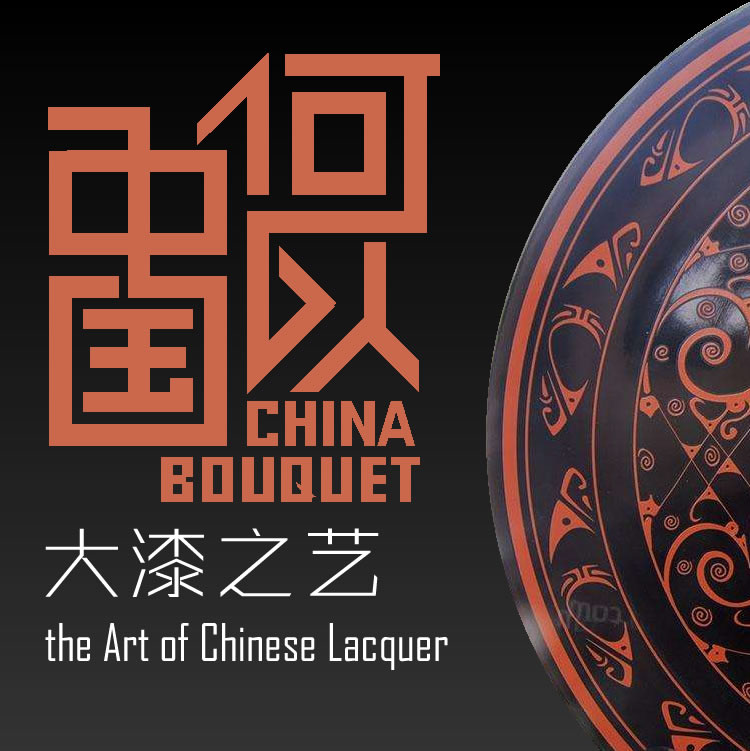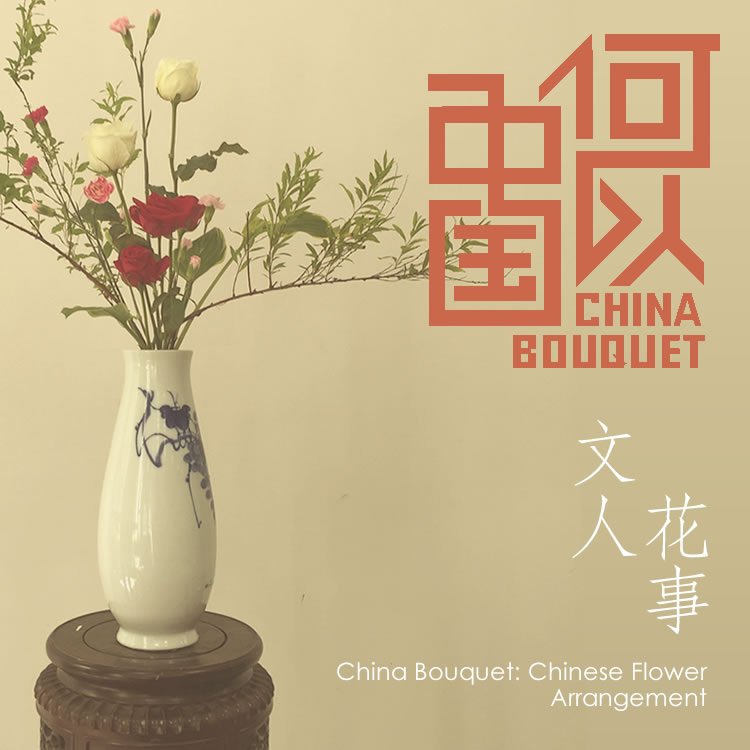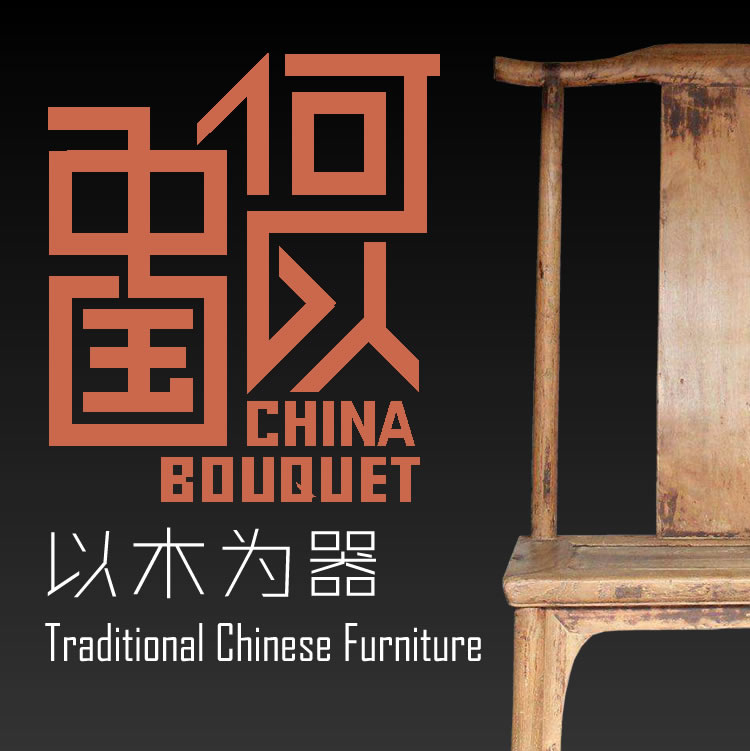
视频播放位置
下载安装Flash播放器There is a porcelain that's white and pure like snow, and smooth and elegant like jade. Its body is as thin as a leaf of paper, and when you click on it, it sounds like a chime stone instrument. This is Dehua white porcelain.
The first Dehua porcelain kiln was launched during the Tang Dynasty (618-907). Developed throughout Song (960-1279) and Yuan (1271-1368) dynasties, the technique peaked around Ming (1368-1644) and Qing (1636-1912). Especially so since Ming when porcelain masters represented by He Chaozong—"the porcelain sage"—invented the Eight Techniques: to squeeze, shape, carve, cut out, paste, join, polish and finish.
Quanzhou was the oriental start of the Maritime Silk Road, a city that Marco Polo called"the City of Light." The piece of Dehua porcelain (an off-white four-ear jar made in the Dehua kiln) he took home from Quanzhou is still on display in St. Mark's Basilica in Venice. Dehua porcelain was a major trade (evidenced by rescued objects from the"Tek Sing" shipwreck of Qing) for China on the Maritime Silk Road. For more than 300 years, European countries went all out to study and duplicate Dehua porcelain, which made a profound influence on the porcelain industry on the continent and in the entire world.
The French called Dehua porcelain Blanc de Chine ("White from China"). How blanc the porcelain is depends on the iron contents in the porcelain body. Based on different firing conditions, the finished object could look lard white, ivory, cream or flush pink. Dehua County is wrapped within the Daiyun Mountains that has highland soil of the highest quality. Thanks to the soil, the body and glaze of Dehua porcelain gear so perfectly and smoothly together that you would think you are holding a jade ware.
Dehua is one of the three major Chinese centers of ancient porcelain. Dynasties come and go; so did time and space. But for thousands of years, the fire in kilns never cease. Over 200 dragon-shaped kiln sites made it to modern times, three of which are still making pottery today. Porcelain is an art of fire. However carefully artists carve their patterns, it takes only one minor mistake in the firing process to make everything in vain. Made from earth and shaped by fire, Dehua porcelain is thousands of procedures in one object, which embodies the craftsmanship of the Chinese people who would not miss one single detail nor stop trying to be better.
Dehua porcelain is one of the best kinds in porcelain, as it puts"White from China" on the artistic map. During the 2017 BRICS Xiamen Summit, Dehua porcelain charmed the world again, this time also as an official Chinese gift for foreign countries. With legacy from history and inheritors of our day, Dehua porcelain of the new era will board the ship of the Belt and Road Initiative and depart again toward the world.


